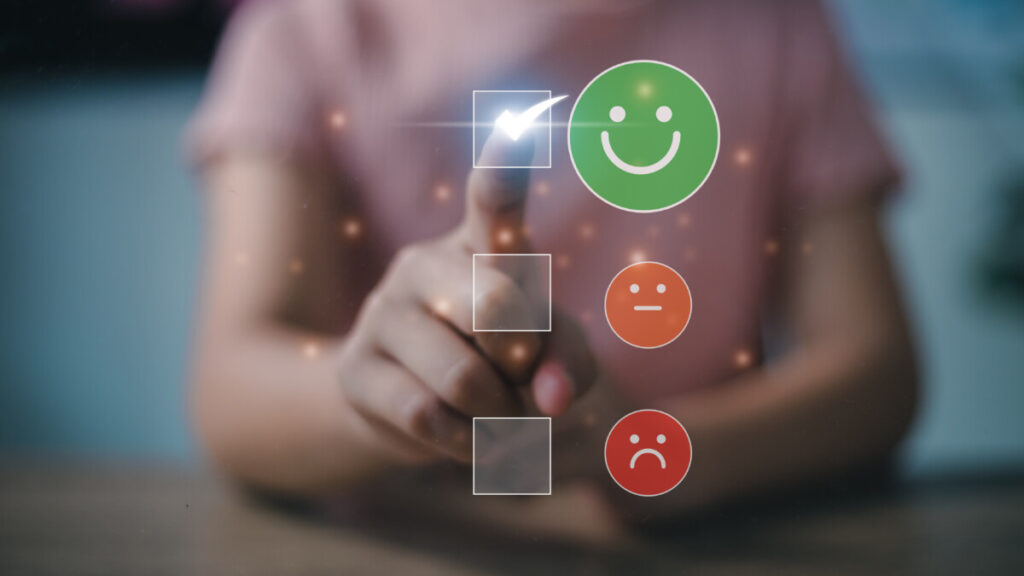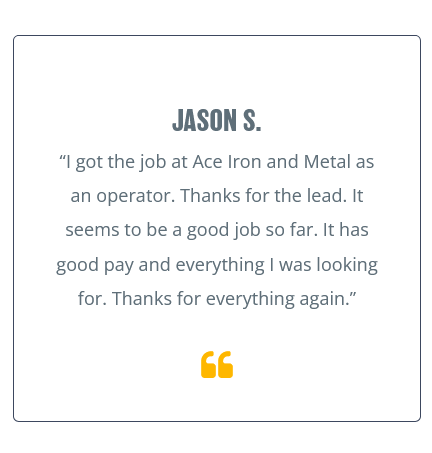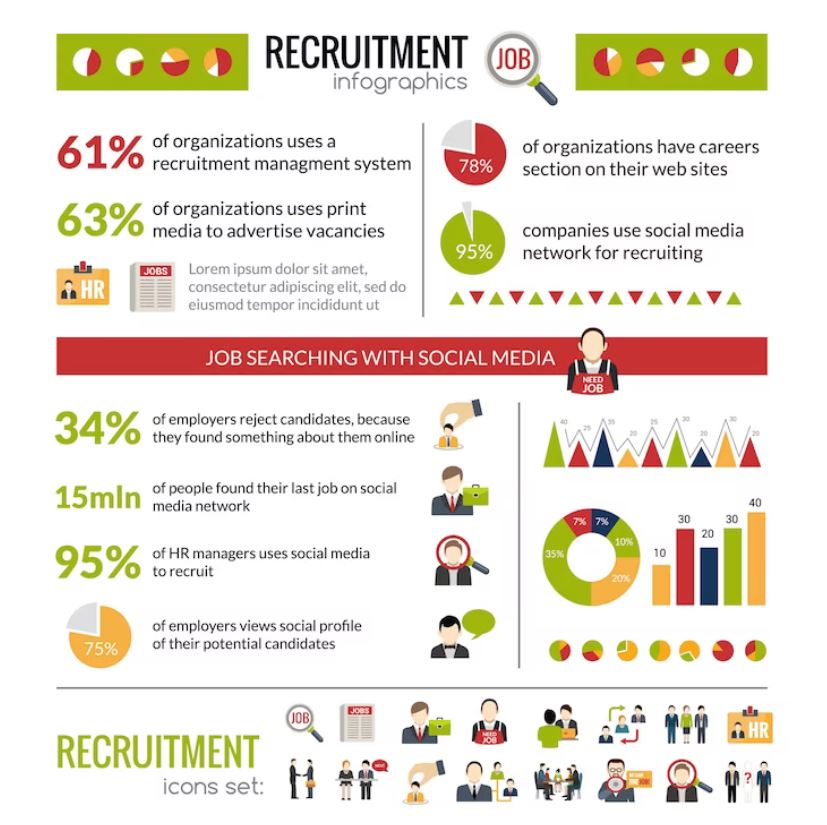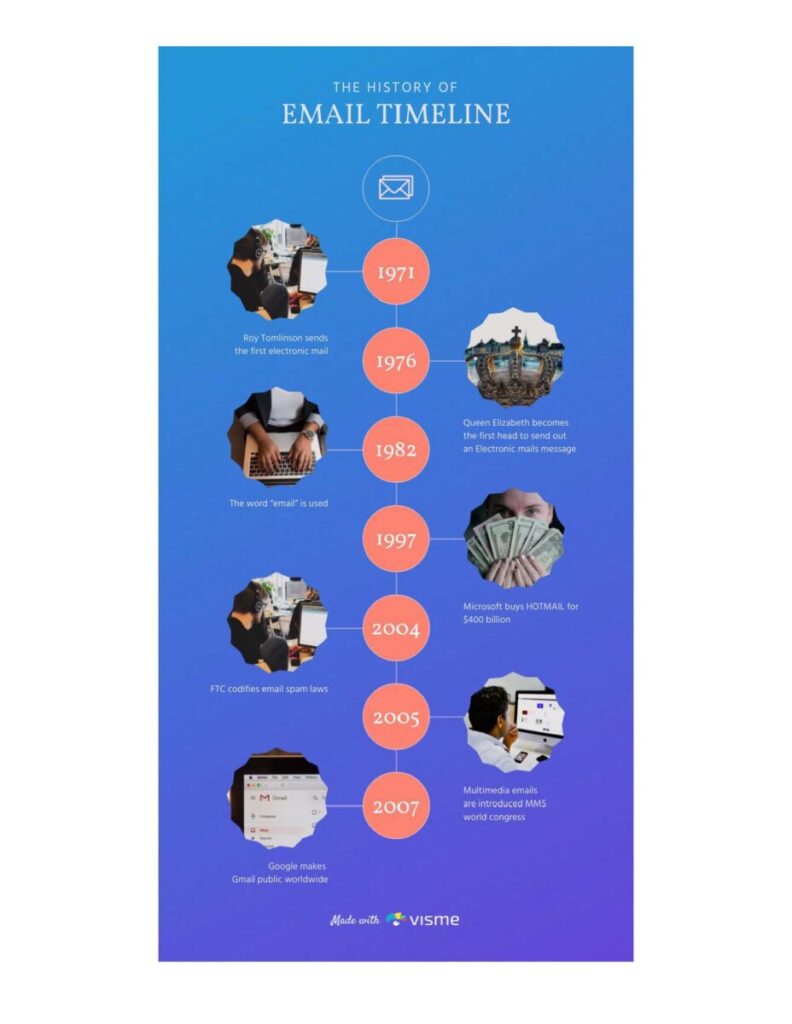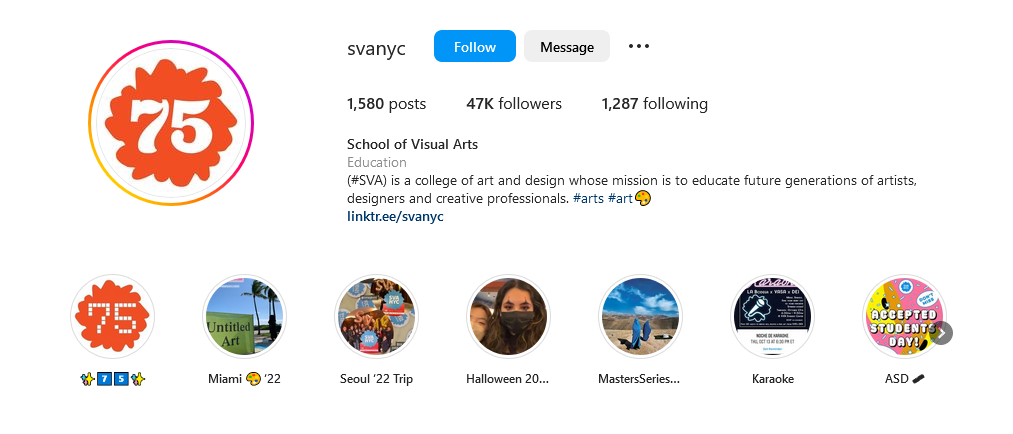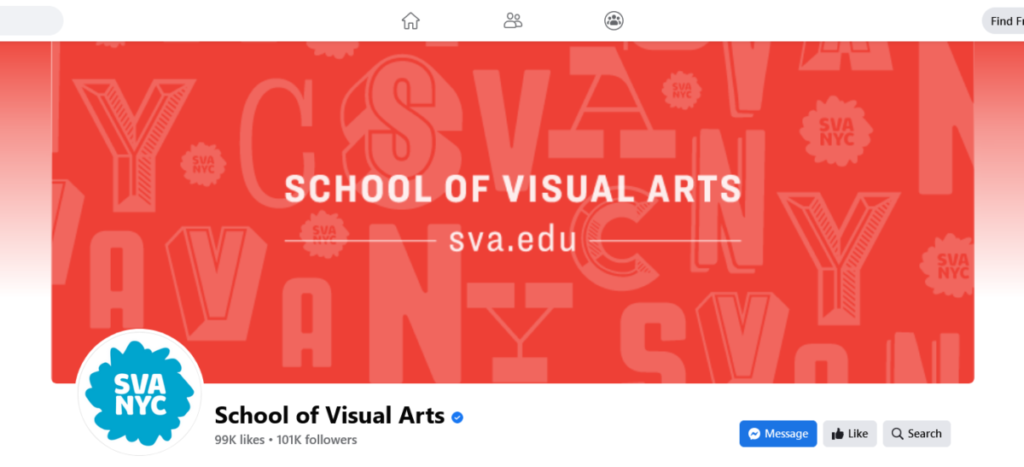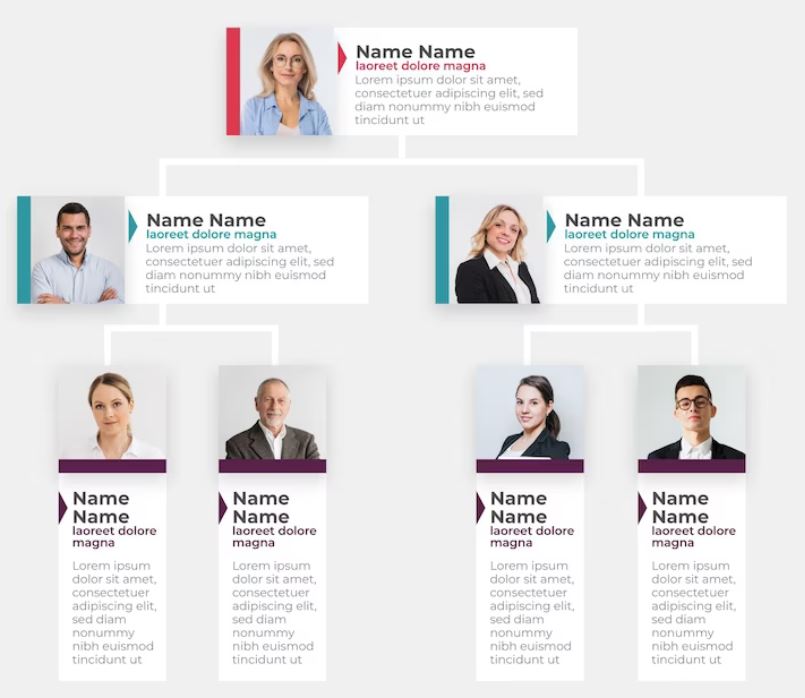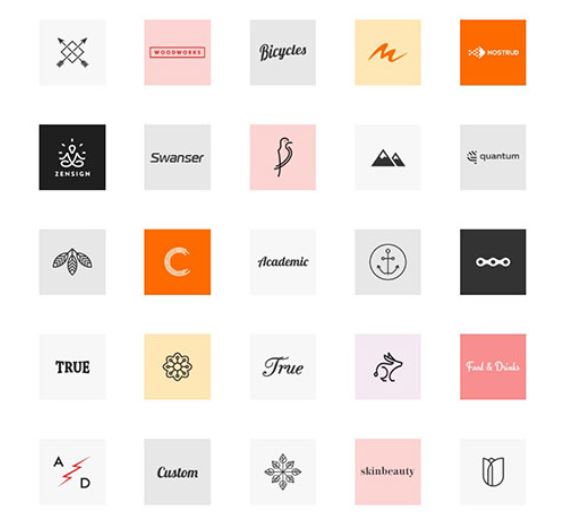2A
In the past, as a freelance website designer, all of the projects were designed using free WordPress themes because the clients were mainly start-up businesses or non-profit organizations. All of the sites were credited at the bottom with the name of the theme and link to the theme designer/site. All photos for the sites were given by the clients.
The AIGA section on copyright gave me insight and provided important information that should be followed. A point that stood out what about how “the designer has a copyright as soon as a work is created”. This means that it is unethical to use someone’s else work randomly found on the web, first without asking and second without giving the artist credit. Just because it may not have a copyright notice does not mean it’s ok to use. The publication stated how it “is no longer required to place copyright notice on the design”, however, it is important to use to deter infringement. When I see this symbol or wording it is a clear warning for me to steer clear. However, I have seen beautiful photographs I would like to design with and if I really need it I would reach out to the photographer. Another important point that stood out is the advantage on registering your work as “almost all designs must be registered in order to sue”. I would rather pay the “$35” to register my work than pay thousands of dollars in legal fees because someone stole my design.
As a learning graphic designer, I am always looking for tutorials on how to better my skills. One skill I like to learn is photographic effects using Photoshop. I am inspired by photography and paintings and there is a Photoshop technique where you turn photos into water or oil paintings. I plan on learning this technique and will be using free images from either Unsplash or Pixabay. Although, I do not have to give attribution, if I decide to post my designs I will be giving credit to the photographers. My goal will be to show my graphic design skills with photo effects.
Citations
“Guide to Copyright” AIGA. (2001). PDF. New York City; Richard Grefé, AIGA.
2B
The legal case study article on the Hope Poster was very interesting to read because it gave you details on how this case started. I remembered seeing the poster when it first came out because it definitely caught my eye, however, I had no idea it was part of a lawsuit. I also remembered people like myself being concerned about the possibility of Clinton winning.
From reading the case study it seems clear that in the beginning Fairey really wanted to help out with Obama’s campaign. Art and posters can be very powerful tools for getting a message across to people and in the end, it seems as though Fairey succeeded. I believe the poster made a big impact on Obama winning the presidency. However, if someone wins something due to unscrupulous ways it is unethical. Fairey probably was excited about creating a poster using an image of Obama, however, I feel his first and biggest mistake was to use a downloaded image found on the web. From reading his short bio in the case study, he seems to have experience as a graphic designer, therefore he should have known better. The poster he was creating was for a presidential campaign, not something to put on a blog. His second mistake was not reaching out to the photographer for permission to use the image. Once the campaign approved the design, his third mistake was again, not reaching out to the photographer. I believe at this point he may have saved himself a great deal of trouble. He could have told the Obama campaign that the design was a preliminary draft using Obama’s image and he had to get approval from the photographer. Fairey’s fourth mistake was selling some of the posters. If you are going to donate, donate without compensation. Also, if you know you have to create thousands of posters, why not ask the campaign upfront for the fee? The article stated, “for several years, he struggled financially”. If this is the case where did he get money to make the copies?
As I read on I am starting to get a different picture of Fairey and his objective. He knowingly made money off the posters and “subsequently earn significant amounts of money from ancillary uses of the poster”, all without informing the photographer. According to the case study, “Fairey earned from the project roughly $1 million”. I can’t see these actions as being fair use and I believe he lost fair usage once money was made.
Fairey’s last mistake was tampering with evidence pertaining to the case which caused him to be fined and sentenced to probation. His federal court case could have been prevented if he had originally told the truth about the photograph. I understand what he did was “born out of a moment of fear and embarrassment”, however, I have learned a long time ago that if you do something wrong, don’t try to hide it. I would be embarrassed also because the final poster became the President of the United States. However, most people are forgiving if you confront the problem head-on and in the beginning. I believe in owning up to it, making it right, and preventing it from happening again.
Similar to the Hope Poster Case was the Warhol/Prince case in 2022 in which a photographer agreed to license a photograph of Prince. The photographer was paid “$400 in licensing fees” and the photograph was to be used by Warhol to create an illustration for a magazine issue. In addition, the license was for one-time use, for one magazine issue. The problem came to light after Prince died when the photographer found out that Warhol “created a set of 16 Prince silkscreens, which he copyrighted”. After his death, Warhol’s foundation made millions of dollars off the silkscreens. The photographer never received any money or credit for the additional use of her photo. I believe a line is crossed once you use someone’s image for monetary gain. I understand the purpose of fair usage, and as designers, we should be allowed to create new art using old art. However, I feel it’s morally and ethically wrong to not compensate or credit the original creator.
Citations
Kennedy, Randy. “Shepard Fairey Is Fined and Sentenced to Probation in ‘Hope’ Poster Case.” The New York Times, The New York Times, 7 Sept. 2012, archive.nytimes.com/artsbeat.blogs.nytimes.com/2012/09/07/shephard-fairey-is-fined-and-sentenced-to-probation-in-hope-poster-case/.
Totenberg, Nina. “The Supreme Court Meets Andy Warhol, Prince and a Case That Could Threaten Creativity.” NPR, NPR, 12 Oct. 2022, www.npr.org/2022/10/12/1127508725/prince-andy-warhol-supreme-court-copyright.
William Fisher et al, “Reflections on the Hope Poster Case,” 25 Harvard Journal of Law and Technology 244 (2012).

